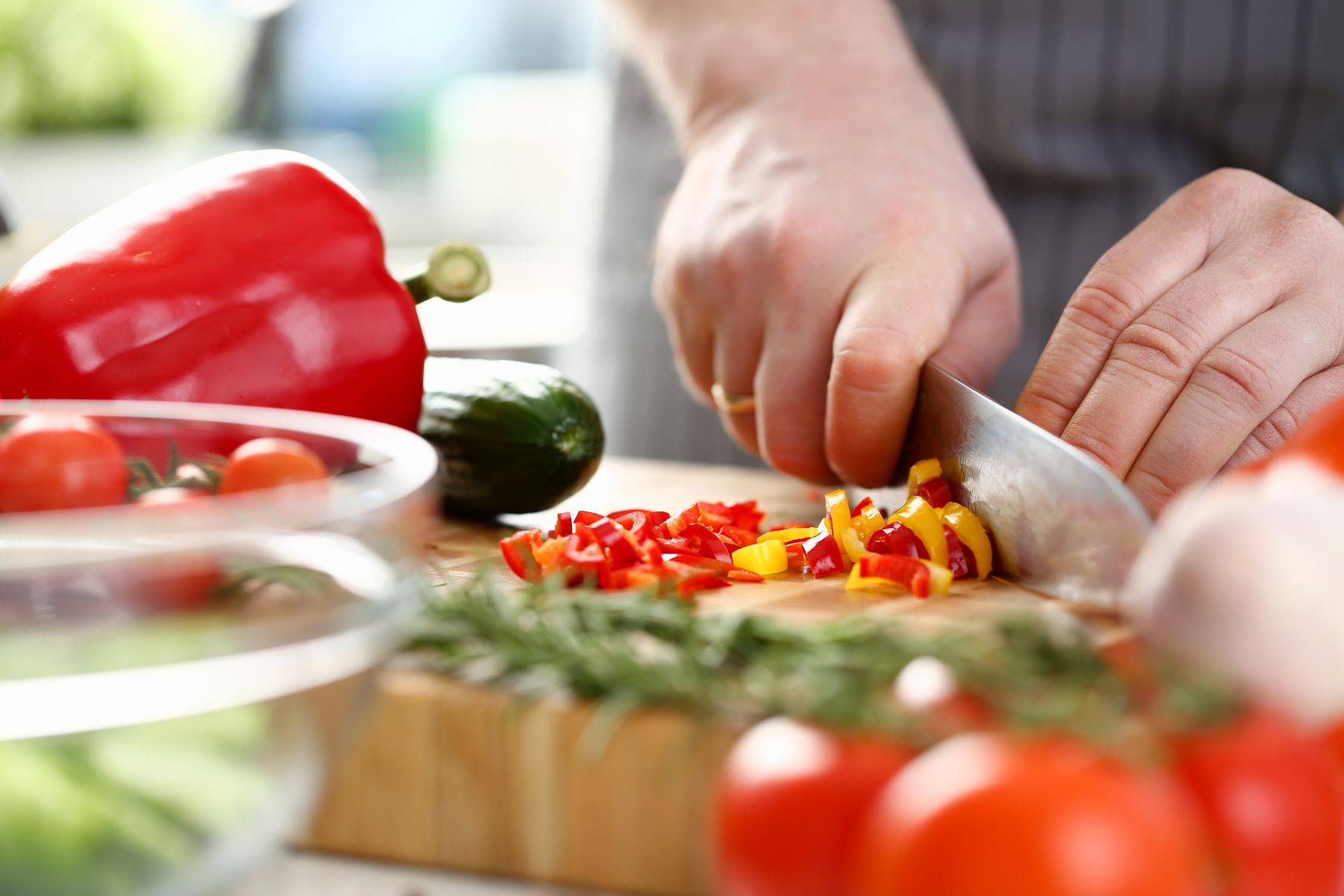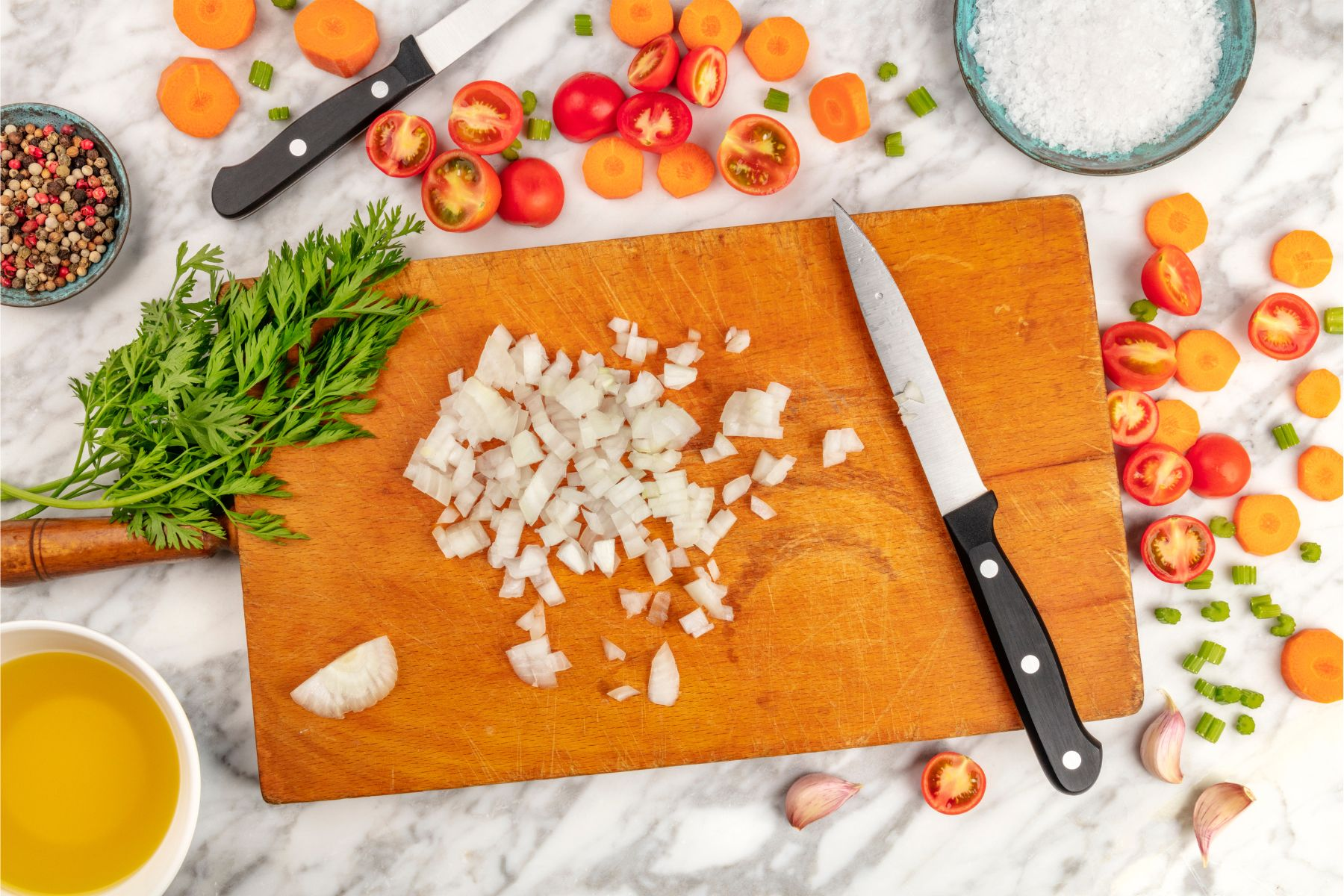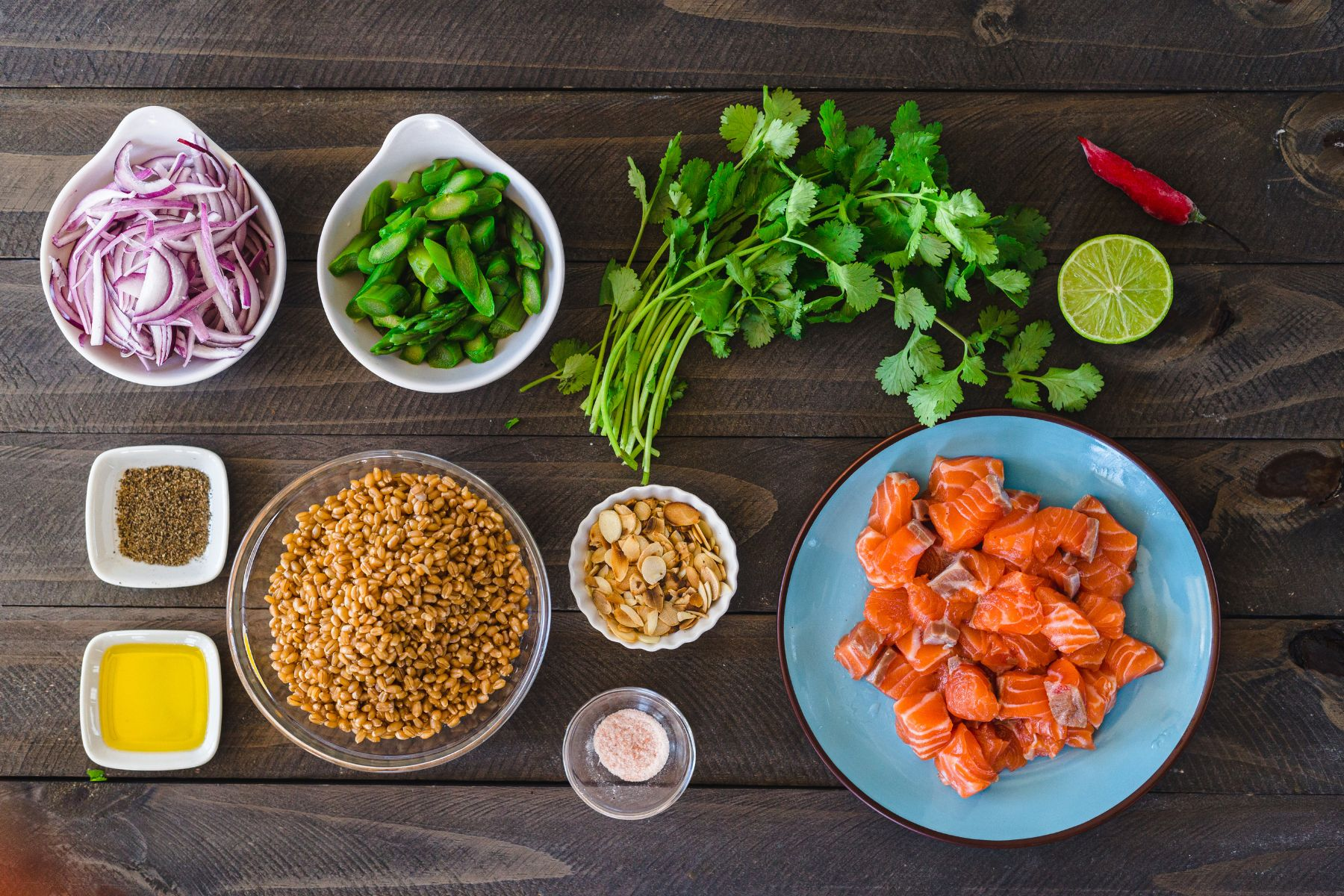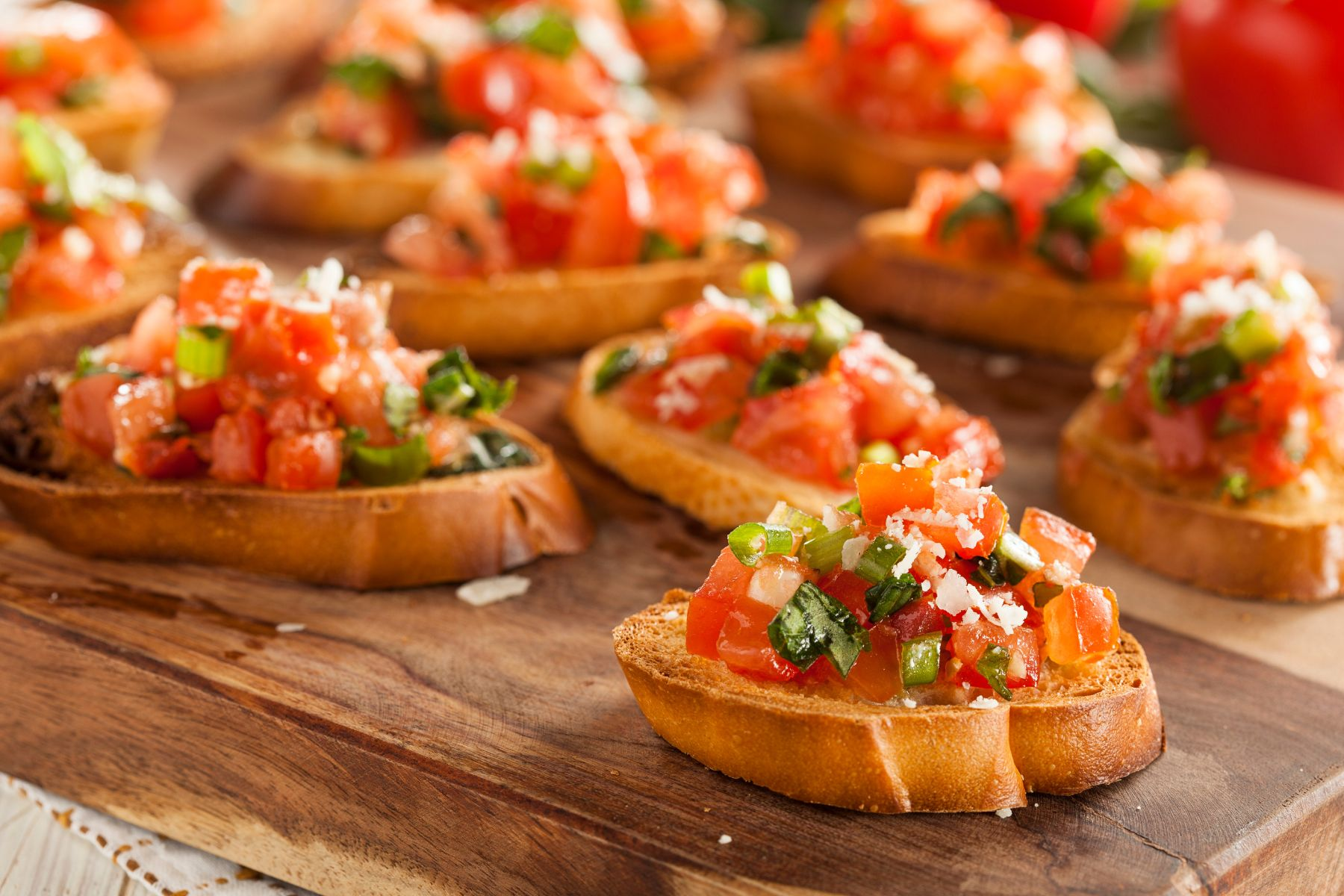Mastering the Art of Mise en Place: A Comprehensive Guide to Culinary Precision
The culinary world dances to the rhythm of mise en place, a French culinary term referring to the practice of gathering and organizing all necessary ingredients before the cooking process begins. Home cooks and professional chefs alike swear by this method, considering it a fundamental aspect of the culinary arts. In this comprehensive guide, we'll delve into the heart of mise en place, exploring its origins, importance, and practical steps to master this indispensable technique.
What is Mise En Place?

Mise en Place Culinary Definition
Mise en place, which translates to "everything in its place," is a meticulous and strategic approach to cooking. It involves prepping and organizing all necessary ingredients and tools before you begin cooking. This practice sets the stage for a seamless and enjoyable cooking experience.
Understanding the Concept
At its core, mise en place is about creating a harmonious and efficient cooking environment. Imagine a symphony, where each instrument (ingredient) is finely tuned and ready to play its part. This meticulous preparation ensures that the cooking process flows smoothly, reducing stress and preventing missing ingredients mishaps.
Origin and Meaning of "Mise en Place"
The term "mise en place" finds its roots in the French culinary tradition, dating back to the 19th century. It embodies the philosophy that a well-organized workspace is the foundation of culinary success. Today, chefs around the world embrace this principle, recognizing its importance in achieving precision and excellence in the kitchen.
How to Pronounce Mise en Place
Before we dive deeper, let's address a common question among those new to the term: how do you pronounce "mise en place"? It's pronounced "meez ahn plahs," with a gentle flow that reflects the elegance of the culinary practice.
Why is Mise En Place Important?

The Role of Mise en Place in Culinary Precision
Mise en place is more than a practical approach; it's a philosophy that elevates the cooking process. It ensures that all your ingredients are at arm's reach, allowing you to focus on the art of cooking rather than searching for items. This level of organization contributes to precision and consistency in your dishes.
Benefits of Incorporating Mise en Place
Whether you're in a restaurant kitchen or your home kitchen, mise en place offers numerous benefits. It saves time, reduces stress, and minimizes the risk of missing ingredients. As you practice mise en place, you'll find the cooking process becomes more enjoyable, allowing you to savor the creative aspects of preparing a meal.
Mise En Place in Professional Kitchens vs. Home Kitchens
Professional chefs in bustling restaurant kitchens rely heavily on mise en place to navigate the fast-paced environment. At home, the principles remain the same, albeit with a more relaxed pace. The goal is to adopt the organized and efficient mindset of professional chefs to enhance your cooking experience.
Addressing Common Misconceptions about Mise en Place
Some may view mise en place as a time-consuming step, but in reality, it streamlines the cooking process, ultimately saving time. Additionally, it's not just about chopping vegetables; mise en place encompasses everything from measuring ingredients to organizing your cooking station.
Mise En Place Examples

Practical Instances of Mise en Place in Action
To illustrate the power of mise en place, let's walk through a common cooking scenario – preparing a stir-fry.
-
Read the Recipe Ahead of Time: Before you even gather your ingredients, familiarize yourself with the recipe. This ensures you understand the steps involved and can plan accordingly.
-
Check Items off the Ingredient List: Assemble all the necessary ingredients, checking them off the list as you go. This helps prevent last-minute scrambles to the grocery store.
-
Prep and Measure Items: Wash, chop, and measure your ingredients before heating the pan. This ensures you have everything ready to go once you start cooking.
-
Organize Your Prepped Ingredients: Arrange your prepped ingredients in small bowls or on a cutting board, making it easy to add them to the pan in an organized manner.
-
Clean As You Go: While the dish is cooking, take moments to clean and organize. This not only keeps your workspace tidy but also allows you to focus on the joy of cooking without distractions.
An Example of Mise en Place in Action
Imagine a chef in a restaurant kitchen during dinner service. With a hot pan at the ready, the chef smoothly transitions from one step to the next, effortlessly pulling prepped ingredients from their organized stations. This dance of precision is mise en place in action, a ballet of flavors orchestrated with finesse.
Insider's Perspective on the Effectiveness of Mise en Place
Chef instructors emphasize the importance of mise en place not just as a practical necessity but as an integral part of a cook's skill set. It instills discipline, sharpens organizational skills, and transforms cooking from a task into an art form.
How Culinary School Teaches Mise en Place

Incorporating Mise en Place into Culinary Education
Culinary school is where aspiring chefs refine their craft, and mise en place is a fundamental lesson. Students learn not only the practical aspects of prepping ingredients but also the art of organization that defines a successful chef.
Training Chefs for Precision and Efficiency
In culinary school, students are taught to treat their cooking stations like a canvas. Each ingredient is a stroke of creativity, and mise en place is the palette that enables them to create culinary masterpieces with precision and efficiency.
Culinary School Practices and Techniques
From slicing vegetables to measuring spices, culinary students engage in meticulous prep work under the watchful eye of chef instructors. This hands-on training ensures that they graduate with not only exceptional cooking skills but also a deep appreciation for the importance of mise en place.
Put Mise en Place to Work

Integrating Mise en Place into Daily Cooking
Now that you understand the significance of mise en place, it's time to put it into practice in your own kitchen. Here are some tips for consistent implementation:
-
Start Small: Begin by incorporating mise en place into simpler recipes, gradually progressing to more complex dishes.
-
Create a Prep Routine: Develop a routine for reading recipes, gathering tools, and prepping ingredients. Consistency is key to making mise en place a natural part of your cooking process.
-
Adapt to Your Space: Whether you have a spacious kitchen or a compact one, adapt mise en place to fit your space. Use small bowls, clear counter space, and keep tools within reach.
-
Embrace the Clean-As-You-Go Mentality: As you cook, clean and organize your workspace. This not only maintains order but also enhances your overall cooking experience.
Tips for Consistent Mise en Place Implementation
To make mise en place a habit, consider these additional tips:
-
Invest in Small Bowls: Having an assortment of small bowls on hand makes it easy to organize prepped ingredients, keeping your workspace clutter-free.
-
Label Ingredients: For complex recipes, consider labeling your prepped ingredients. This minimizes the chance of mixing up similar-looking items and adds an extra layer of organization.
-
Prep Ahead for Efficiency: Take advantage of downtime by prepping ingredients in advance. This not only saves time during the hectic cooking process but also allows you to enjoy the art of creating without feeling rushed.
Challenges and Solutions in Applying Mise en Place at Home
While mise en place offers numerous benefits, home cooks may face challenges in adopting this practice. Limited space, time constraints, and varying recipes can pose hurdles. However, with creative solutions and a commitment to the process, these challenges can be overcome, making mise en place a valuable asset in any home kitchen.
Conclusion
In conclusion, mastering the art of mise en place goes beyond chopping vegetables and measuring ingredients. It's about transforming the way you approach cooking, creating an organized and enjoyable experience. Whether you're a seasoned professional in a bustling restaurant kitchen or a home cook experimenting with new recipes, mise en place is the secret ingredient that elevates your culinary creations from ordinary to extraordinary. So, gather your ingredients, organize your tools, and start cooking with the precision and flair of a master chef. Your culinary journey awaits, and mise en place is your trusted guide.


